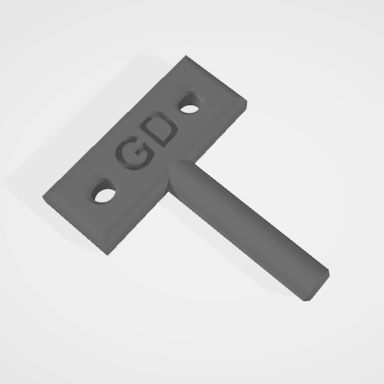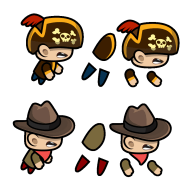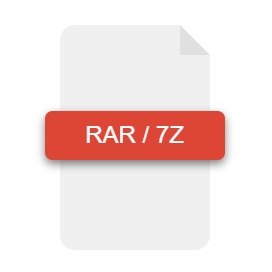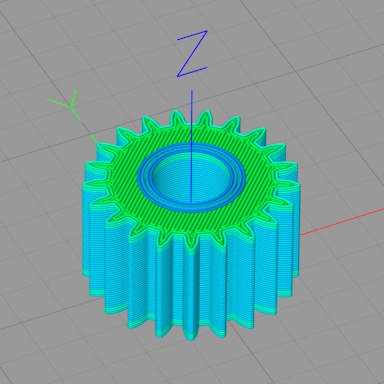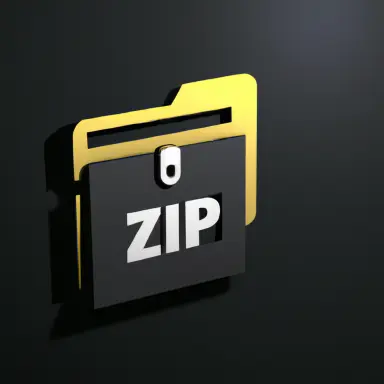| Extension | PTX |
| Full Name | Point Cloud |
| Type | 3D Model/Point Cloud |
| Mime Type | text/plain |
| Format | Text |
| Opens With | MeshLab |
A PTX file is a 3D point cloud file format. Containing only vertex positional information about the 3D object allows the format to remain simple and easy to implement in 3D modelling applications where only positional data is required.
Inside a PTX file is plain ASCII content containing each vertex position on a single line of the text document. It is also possible to specify a colour for the point, allowing for full-colour point clouds to be stored and rendered.
Support for opening and displaying PTX files is limited; however, there are various specialist 3D applications that work with point clouds that can be used to open PTX files.
PTX Converter Capabilities
When converting 3D model or mesh files using our PTX converter, we will attempt to convert colour materials into a suitable format for use in the converted file.
The STL, or Standard Triangle Language, file format has been around since the '80s and is supported by most modern 3D modelling applications. In particular, the STL format has become something of a standard format within the area of 3D printing, despite the rise of more modern formats such as 3MF.
STL files come in two flavours: binary or text format. The text format is human-readable, making it easy to perform manual edits, but can lead to very large file sizes. As you can imagine, the binary format is much more compact and represents the majority of the STL files you are likely to encounter.
The format itself is very simple; the 3D model is represented by a sequential list of triangles, with each triangle defined with 3 points consisting of their X, Y, and Z positions, along with an additional vector that contains the face normal (the direction the face is pointing). There is an additional attribute block for each triangle; however, this is largely unused and thus unsupported.
STL Converter Capabilities
When converting your PTX to STL, our tool will attempt to accurately convert any colour or material information.




